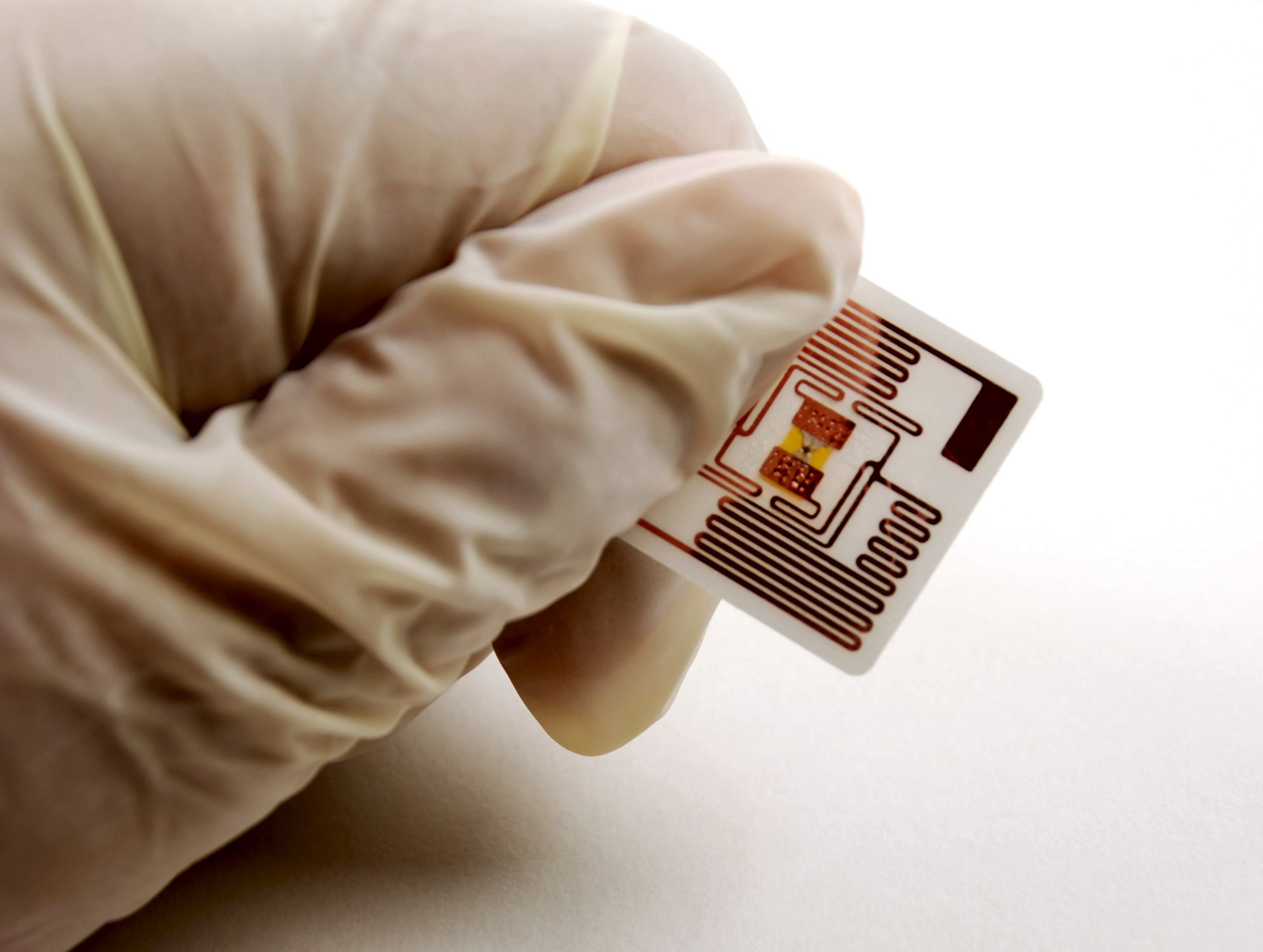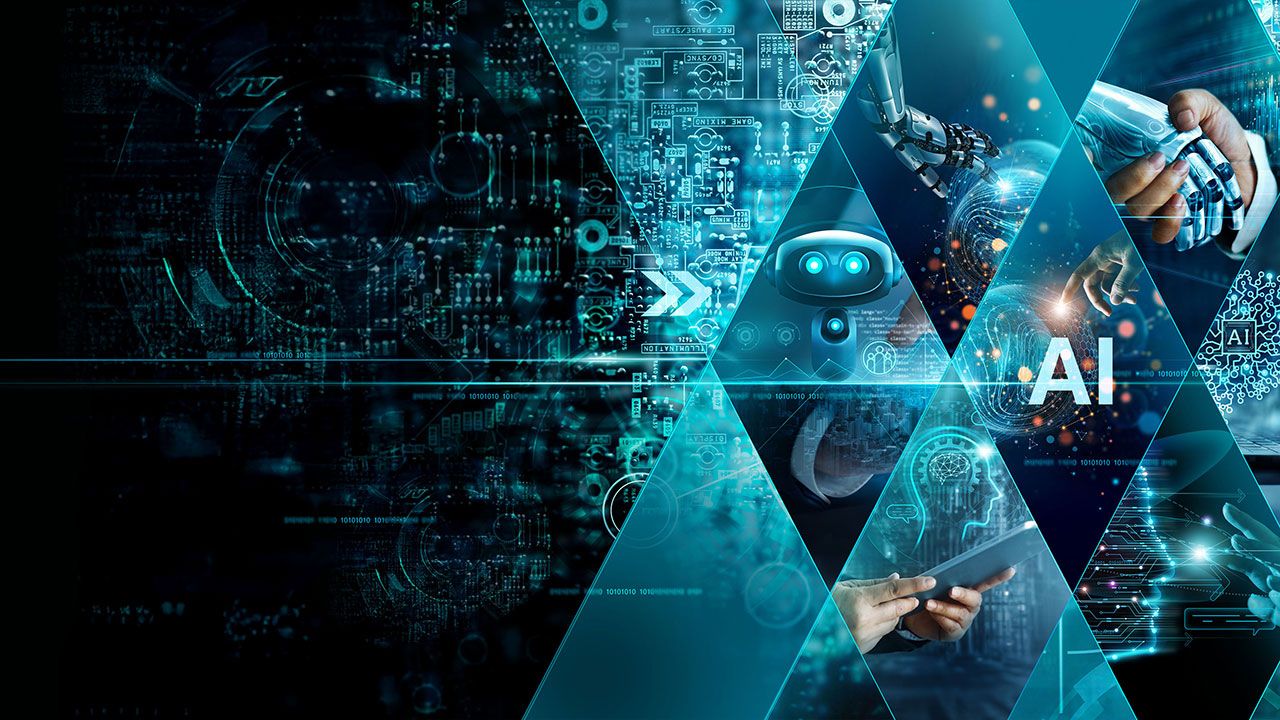Article
Pharmaceutical Technology Europe
Pharmaceutical Technology Europe
Health Technology Assessment Under Scrutiny
Author(s):
The rising cost of healthcare has complicated the introduction of new, innovative drugs and other medical technologies. While the medical impact of these healthcare advances cannot be denied, governments and healthcare policy makers have found it difficult to sustain the funding of these expensive treatments.
Over the past 30 years, there have been dramatic advances in many areas, including biotechnology, genomics, diagnostic imaging, molecular diagnostics, organ and tissue replacement, surgical techniques, wound care and computer technology, which have led to improved healthcare delivery and patient outcomes (1). Patients and physicians alike want access to these latest treatment options, but many have little regard for the cost involved and assume that these new technologies should be funded automatically. Governments have introduced cost-containment measures to slow healthcare spending, but remain wary of public opinion when making decisions about which treatments should receive funding. Of course, no government wants to be accused of overtly placing cost restrictions on healthcare, particularly as this is likely to lose them votes in an election. In Europe, during the early 1990s, the word 'rationing' began to be introduced in the field of healthcare, but politicians began to steer away from this terminology because it was found that voters tended to believe that 'rationing' was somehow depriving them of their basic rights (2).
To manage the demand for expensive treatments in a more controlled way, governments have become increasingly reliant on healthcare technology assessment (HTA). HTA is a multidisciplinary field of policy analysis, and studies the medical, social, ethical and economic implications of development, diffusion and use of health technology. In principle, HTA is supposed to assist payers in making informed decisions about allocating resources (including expenditure on medicines) in the health system and its supporters believe that it better links medical innovation to the actual needs of the healthcare system (3, 4).
Many countries, both in Europe and elsewhere in the world, have dedicated HTA review bodies. HTA uses a number of different disciplines to assess the benefits and, in some cases, costs of a given medicine. A large number of stakeholders are involved, and HTA bodies typically include epidemiologists, economists, physicians, pharmacists, healthcare managers and, increasingly, patient group representatives (3, 4).
Pharmaceutical companies, however, remain unconvinced that HTA results in an appropriate decision being made. Critics have argued that a poorly designed or managed HTA risks denying patients appropriate access to medical technologies, and can also restrict clinical freedom and lead to a waste of important resources (4). HTA approaches that target high-priced drugs also send distorted signals to medical innovators and remove the incentive to research new therapies (4). Companies developing new drugs have to recoup their initial R&D investment and commercialisation costs, and have no alternative but to set high prices for their products. According to the Tufts Center for the Study of Drug Development (CSDD), the cost of developing a new drug averages at about €2.1 billion (5).
One example of the frustrations that the pharmaceutical industry has had with HTA is illustrated by its dealings with the UK's HTA, the National Institute for Health and Clinical Excellence (NICE), which frequently recommends against the adoption of new drugs. Only last month (August) for instance, NICE decided not to recommend payment for Novartis' multiple sclerosis (MS) drug Gilenya (fingolimod). NICE's provisional guidance stated that there were uncertainties over the clinical effectiveness of the drug and that the evidence available did not suggest that it would be a costeffective use of healthcare system resources (6). As well as angering Novartis, the decision attracted complaints from MS patient organisations, with the UK's MS Society being quoted in the media as stating that MS patients would be better off living almost anywhere else in Europe than in the UK because of the poor access to treatments (6). For Novartis, this was another setback with NICE. In April 2011, the body had refused to recommend, on appeal, its kidney cancer drug Afinitor (everolimus).
The industry evaluates HTA
The controversies regarding NICE have impacted other emerging European HTA bodies, which are immediately viewed with suspicion by both patients and the pharmaceutical industry. This negativity has not gone unnoticed; for example, from its statements, Germany's Instituts für Qualität und Wirtschaftlichkeit im Gesundheitswesen (IQWiG) HTA seems keen to distance itself from any direct comparisons with its UK counterpart (7). IQWiG admits to cooperating with NICE and other European HTA bodies, but stresses the differences between methodologies and that inter-agency discussions examine to what extent methods might be compatible (9). France's Haute Autorité de Santé (HAS) has also stated that differences remain in methodologies between European HTA bodies (10).
At present, HAS is struggling to justify its role because it has been caught up in France's domestic controversy regarding Servier's Mediator (benfluorex) drug, which may have caused the deaths of as many as 2000 people (10). The scandal has implicated both Servier's representatives and the French health authorities. In 2010, HAS issued a press release to defend itself, but the agency has been accused of contributing to the errors that led to Mediator staying on the French market (11). One critic of the Mediator situation recently wrote in the Lancet that a French government report appeared to omit details of HAS's contribution to decision-making regarding the drug (12).
Despite the difficulties that individual HTA bodies might face, there is growing cooperation between counterparts in different countries, but this is a concern for pharmaceutical companies. Recently, a number of international industry representatives commissioned consulting firm Charles River Associates to conduct a comparative assessment of the role and impact of HTAs in different parts of the world. Key industry bodies that backed the report included the European Federation of Pharmaceutical Industries and Associations (EFPIA), the Pharmaceutical Research and Manufacturers of America Medicines Australia and EuropaBio (4). EFPIA has stated that it hopes the report will form the foundation of future, regular exercises to monitor HTA (13).
The authors of the study noted that although there were many reports on the workings of HTA bodies in different countries and how they were evolving, there was relatively little public domain information on the impact of their decisions. In particular, little had been published about whether the outcome of HTA related to the assessment of the value of the medicine, the type of HTA, or whether decisions really did result in a superior allocation of scarce health resources (5). A major conclusion of the study was that although HTA was supposed to improve access to innovative treatments, there was little evidence that current HTA processes were speeding up access. Furthermore, the study authors stated that recommendations from HTA bodies were not always implemented by pricing and reimbursement authorities. In general, the link between HTA and pricing and reimbursement was far from clear, and decisions over the same product varied greatly between systems and countries.
The authors acknowledged that the remit of the HTA bodies was different in countries surveyed, but were concerned that these bodies were reaching very different decisions over the same products. They suggested that the lack of consistency pointed to inefficiencies in HTA processes and weaknesses in their methodology. In particular, they were unimpressed at the differing data requirements to reach decisions. The study revealed that most HTA systems considered data from published randomised clinical trials as the preferred evidence for evaluation, but countries varied on consideration of other information (5). Clearly, divergent opinions were found as to whether HTA should include a full assessment of societal value.
At one extreme were bodies such as NICE, which only take into account the impact of a technology on public healthcare resources. At the other extreme, only the HTA systems in Sweden and the Netherlands were found to consistently consider societal value for cost-effectiveness analysis (4). Some other countries did have provisions to allow societal value to be considered, but guidance appeared vague. In Poland, for example, HTA guidelines stress that the first consideration for any analysis should be that of the healthcare system, but adopting a social perspective may be justified in some cases, such as where the health effects of a particular technology impact members of society other than the patient (4). Not surprisingly, however, the study authors found few examples of non-healthcare costs or benefits having been taken into consideration in evaluations, even where the HTA system allowed for their inclusion. In the Netherlands and Sweden, where a societal perspective is used, the societal information considered is not described in the final evaluation report. The pharmaceutical industry continues to believe that societal value is an important component of any HTA to efficiently allocate available resources. In line with this thinking, the industry has been in favour of involving patients more in HTA bodies (13).
Summary
Despite their unpopularity with pharmaceutical companies and, in many cases, with patient groups and physicians as well, HTA is an established part of healthcare systems worldwide. To date, HTAs in different countries have evolved in isolation to each other, which makes analysis of their impact difficult. The recently published international analysis of HTA processes suggests that the pharmaceutical industry will be less passive in how it approaches HTA decision-making. Publications of this nature will better enable companies to challenge the approaches being used by HTA bodies.
References
1. C.S Goodman, "HTA 101: Introduction to Health Technology Assessment" (National Information Center on Health Services Research and Healthcare Technology, US National Library of Medicine, National Institutes of Health, January, 2004), www.nlm.nih.gov, accessed 12 August 2011.
2. H. Redwood, Why Ration Health Care? (CIVITAS, London, UK 2000).
3. Charles River Associates, A Comparative Analysis Of The Role And Impact Of Health Technology Assessment (2011, MA, USA).
4. C. Sorenson, M. Drummond and P. Kanavos, The Role Of Health Technology Assessment In The European Union. The European Observatory on Health Systems and Policies (MPG Books, Cornwall, UK, 2008).
5. Tufts Center for the Study of Drug Development, "Drug Developers Are Aggressively Changing the Way They Do R&D", Press Release (MA, USA, 2011).
6. K. Grogan, "Uproar over NICE rejection of Novartis MS pill", Pharma Times (5 August 2011).
7. International Society for Pharmacoeconomics and Outcomes Research (ISPOR), "The German IQWiG — It's Not NICE Benefit Assessment in Germany — New Sense or Nuisance?" www.ispor.org, accessed 8 August 2011.
8. International Network of Agencies for Health Technology Assessment (INAHTA), "IQWIG — Institut für Qualität und Wirtschaftlichkeit im Gesundheitswesen" www.inahta.org, accessed 8 August 2011.
9. A. Jouan, Le Figaro (27 March 2011). www.lefigaro.fr, accessed 12 August 2011.
10. Haute Autorité de Santé, "Le NICE, l'IQWIG et la HAS concluent un accord de coopération", Press Release, (France, 13 April 2006).
11. Haute Autorité de Santé, "Mise au point de la Haute Autorité de Santé sur Mediator", Press Release, (France, 1 December 2010).
12. A. Braillon, The Lancet, 377 (9782), 2003–2004 (2011).
13. EFPIA, "New Study on HTA Processes Highlights Areas for Improvement to Accelerate Patients' Access to Innovative Medicines", Press Release (Belgium, 13 July 2011).London, UK
Newsletter
Get the essential updates shaping the future of pharma manufacturing and compliance—subscribe today to Pharmaceutical Technology and never miss a breakthrough.






